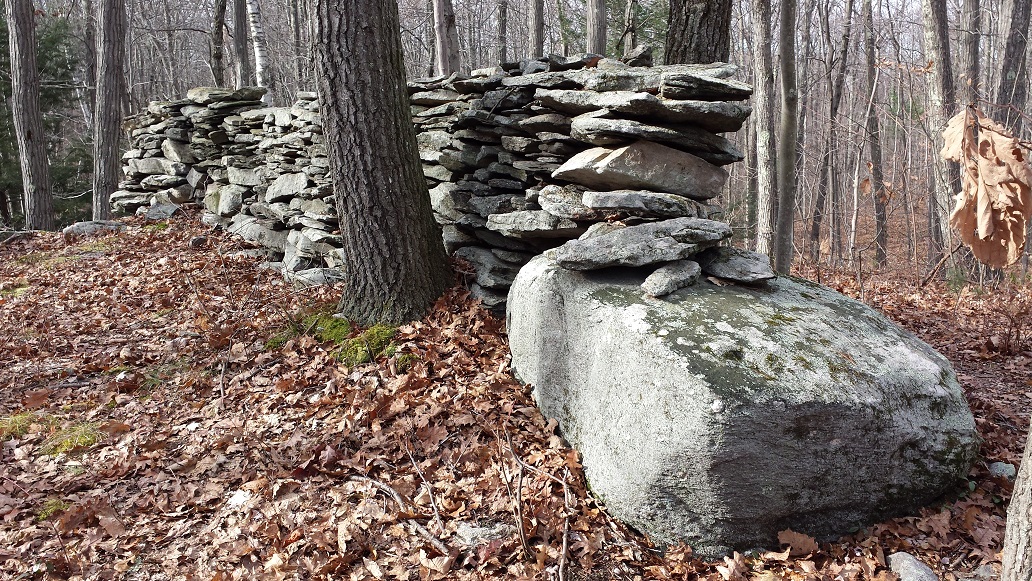jamesdeluxe
Well-known member
- Joined
- Jul 17, 2020
Hall of Fame-worthy, both the ride and the time/effort to post this monster report. 
I am, but I don’t share, except for here with an occasional screenshot.
Laura Zimmerman and Rob Buchanan have done a lot of local investigations along with Glenn Kreisberg in the Catskills. Check out NEARA, the New England Antiquities Research Association. They are spearheading the effort for research and better understanding.

 overlookmountain.org
overlookmountain.org
Thanks for posting this @Brownski, the bit about "the Ramapo walls" was really interesting to me. I worked in Sloatsburg for some time and got really familiar with the landscape and the locals, many of whom had a distinct interest in the local geology and pre-colonial history of the area. I knew a group who used to conduct spiritual rituals on a property in town which they claimed to have an intense energy and portal like qualities. At the time I wrote it off as some new-age type none sense but this adds an entirely different context to what members of this group had told me, further down the rabbit hole...
Yes, Tski, thank you for pointing this out. I had been planning this trip for quite some time and thought this weekend would be an appropriate time to pay homage.Read it today, “Columbus Day”, ironically.
